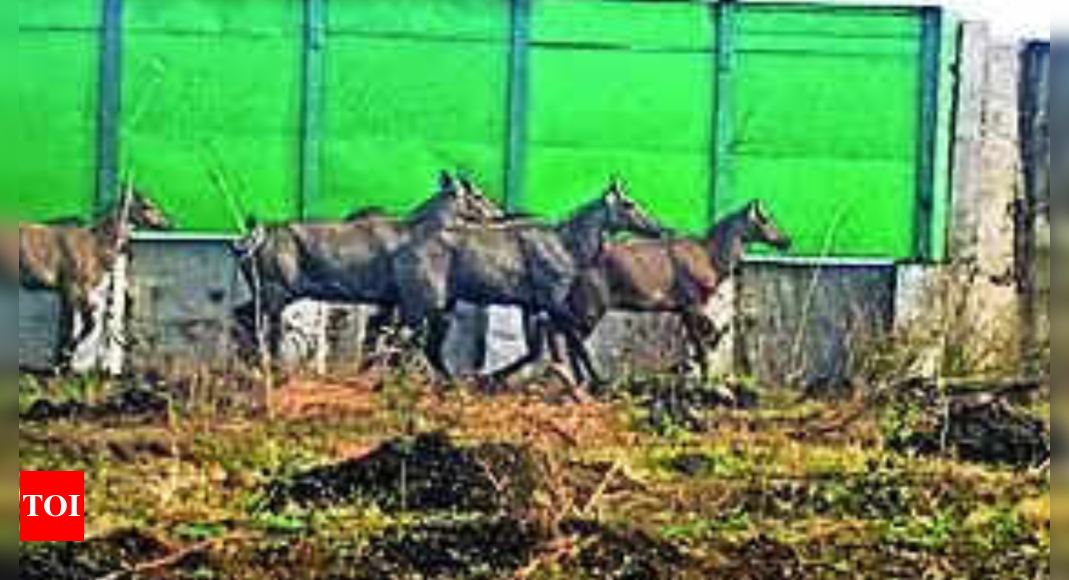
MUMBAI/NAGPUR: Call it the survival instinct of the wild. Animals in the hinterland of Nagpur-Mumbai Samruddhi Mahamarg have begun taking the lifeline overpasses and underpasses built along the 701km stretch to avoid contact with traffic. The results of the latest camera trap survey by Wildlife Institute of India show animals, including langurs, small mammals and wildlife species like leopard, nilgai, chinkara, porcupine and wild boar using the passes and tunnels to cross their habitats.
The observations will contribute valuable scientific data regarding wildlife utilisation of the overpasses and further assist in assessing the effectiveness of wildlife mitigation measures along the expressway that lies tangential to many forest reserves, WII said. Besides tunnels, 1,797 mitigation structures of 11 types have been built on sensitive stretches of the E-way.
Latest camera trap study by Wildlife Institute of India (WII) along Samruddhi Mahamarg shows animals have learned that their new paths are built either below or over the expressway, and are using them. Among animals caught on camera were mongoose, wild pigs and ungulates like nilgai.
The WII study aims to analyse this information in light of structural and environmental factors that make some structures more efficient than others in terms of wildlife crossings. A monitoring team has deployed 64 camera traps across the overpasses and underpasses.
The Nagpur-Mumbai Super Communication Expressway, also called Samruddhi Expressway, passes through three varied habitat types, starting from the dry deciduous forests near Nagpur, grasslands in the middle section, and Western Ghats near the end of the expressway in Mumbai. Notably, the expressway does not intersect any protected area, although it passes through tiger corridors, and important habitats of multiple species such as the Great Indian Bustard, Indian wolf, blackbuck and chinkara.
“We have engaged WII to monitor the underpasses and overpasses for the next five years. We hope to generate information which will be critical to further improve the connectivity of the wildlife across the expressway,” MSRDC MD Anil Gaikwad said.
Dr Bilal Habib, who is leading the study, said the use of overpasses by species like chinkara, leopard and porcupine is the first indication of acceptance of mitigation measures by wildlife which is specific to the region. Chief Wildlife Warden, Maharashtra, Maheep Gupta said the initial results of the monitoring are encouraging and more insights were expected as the study progresses. The results from this survey will help implement mitigation measures across other highways in the state, he added.
Himalayan black bears in Dachigam National Park get a special winter diet for Winter 2024
